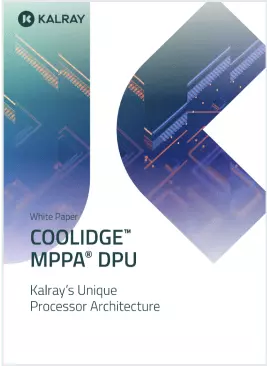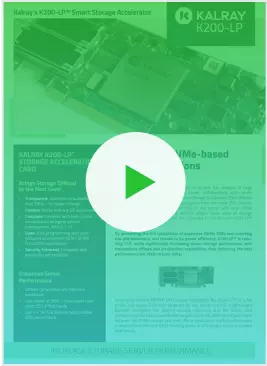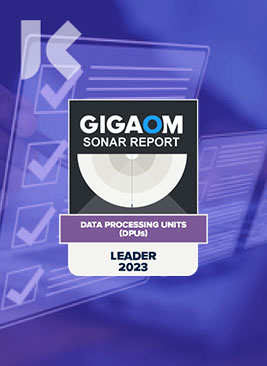DPUs & Data-Centric Workflows
- Workload Acceleration - HPC - AI
Organizations and industries that heavily rely on data-intensive applications, such as those in scientific research, financial modeling, artificial intelligence, and large-scale simulations, can benefit significantly from DPUs.
Read: DPUs, GPUs, and CPUs in the Data Center
Any sector dealing with vast datasets, complex algorithms, and high-throughput requirements can leverage DPUs to enhance performance and efficiency.
The demand for accelerated computing has risen with the growth of AI, machine learning, and big data analytics. DPUs contribute to achieving the computational power required for these advanced applications. In the age of HPC, where processing massive volumes of data quickly is crucial, DPUs play a pivotal role in boosting overall system performance.
Data-Centric Workloads
DPU processors must handle tasks including data protection/security, data reduction, data movement, and data manipulation/analytics. Because each data center is different with differing architectures and requirements, a DPU must be highly programmable.
DPU programmability gives the DPU the ability to create efficiency under highly varying workloads and requirements. The DPU resources can be in the form of a set of processors having specific instructions oriented for data handling or in the form of coprocessors and hardware acceleration augmenting the processing unit to efficiently process data. DPUs must have full control plane and data plane programmability to handle the varying QoS demands of each workload.
The processor needs specialized, low-power cores and coprocessors with math offload functions to be most efficient. The best DPUs have integral combinations of processors and accelerators and decision capabilities to know when to apply each resource to a data related problem.
Part of the definition above lists data movement as a key criterion for being a DPU processor, thus having interfaces which are high-speed and data center centric is a must. What good is an efficient processor if it doesn’t connect with anything in the data center?
For this reason, a data processing unit needs a Gen 4 PCIe interface, at minimum, to allow internal communication to other hardware like SSDs or CPUs and a high-speed external interface like multiple 100GbE interfaces, at least, to communicate externally to other data center equipment.
The evolution of DPUs marks a significant leap forward for every industry reliant on data-intensive workflows. From scientific research to financial modeling and AI, the demand for accelerated computing ushers in a golden age for DPUs that offer the efficiency and performance enhancements required to navigate the complexities of modern data-centric workloads.
As you explore the potential of DPUs for your organization, remember the importance of adaptability and programmability in maximizing their benefits across diverse architectures and requirements. The ability to handle varying workloads with precision underscores the necessity for DPUs to offer full control plane and data plane programmability. With specialized cores, coprocessors, and high-speed interfaces, DPUs seamlessly integrate into data centers, ensuring optimal connectivity and efficiency.
Ready to experience the transformative power of DPUs firsthand? Schedule a demo to see how DPUs will accelerate your data-centric workflows. Schedule a demo today and unlock new possibilities in performance, efficiency, and scalability for your organization. Embrace the future of computing with DPUs – where every data challenge becomes an opportunity for acceleration.
Next Up: DPU Use Cases and Infrastructure for the Enterprise
Tim LIEBER
Lead Solutions Architect, Kalray
Tim Lieber is a Lead Solution Architect with Kalray working with product management and engineering. His role is to innovate product features utilizing the Kalray MPPA DPU to solve data center challenges with solutions which improve performance and meet aggressive TCO efficiency targets. Tim has been with Kalray for approximately 4 years. He has worked in the computing and storage industry for 40+ years in innovation, leadership and architectural roles.






